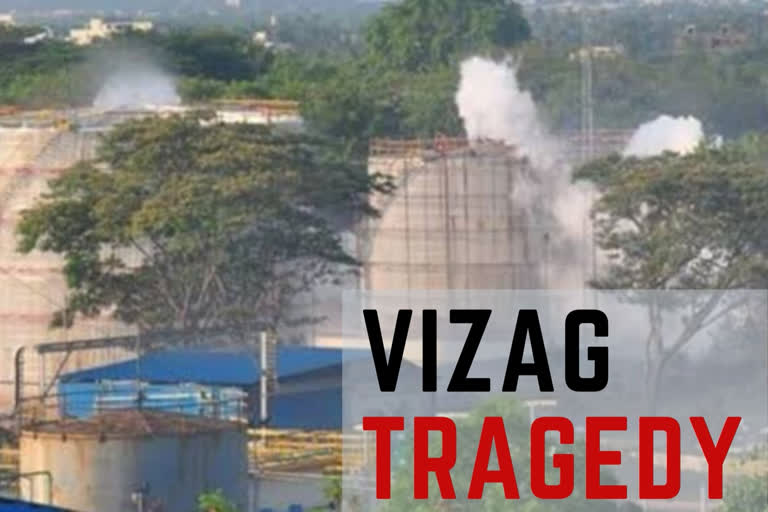New Delhi: As if the ongoing claustrophobic panic unleashed by the COVID-19 pandemic is not enough, 36 years after the worst gas tragedy on the plant in Bhopal, it was deja vu at an industrial hub and surrounding areas around Vepagunta in Visakhapatnam.
As national TV ran horrific visuals of the breathless havoc created by the poisonous invisible fumes of the toxic chemical styrene that leaked from a plant LG Polymers, it was a nightmare turning into reality for Brigadier BK Khanna (retd), a man who had thrice led mock drills for exactly these kinds of disasters in precisely the same location where the gas leak disaster happened on Thursday morning.
"I had conducted industrial disaster mock drills in the same industrial area in Visakhapatnam on three occasions. The last one was in 2017-18 aimed to check preparedness. This is an area where there are many surrounding villages in the vicinity. I see some delay in conveying to the surrounding populations of the gas leak. Because of which evacuations did not happen in the way it should have. And that is why so many people have been affected," Brig Khanna told ETV Bharat.
"As soon as the company realized that there was a possibility of the gas leak going ‘offsite’ from ‘onsite’, they should have first alerted the authorities. It would be the district authority that would have then led the evacuation plan."
Read:Visakhapatanam gas leak: Death toll reaches 11, CM Jagan announces compensation
‘Onsite’ is when the disaster is contained within the originating unit, while ‘Off-site’ is when the disaster spreads beyond the boundaries of the originating unit.
After a long period of the nationwide lockdown, the LG polymers plant had just restarted operations when the leak happened at around 2:30 AM Thursday.
That the Vizag industrial locality was a potentially hazardous zone can be concluded from the fact that it had been the site of quite a few mock drill sites which are selected on the basis of the threat assessment.
The former Brigadier was the founding advisor to the National Disaster Management Agency (NDMA) when the body was formed in 2005 with General NC Vij (retd) as the vice-chairman.
